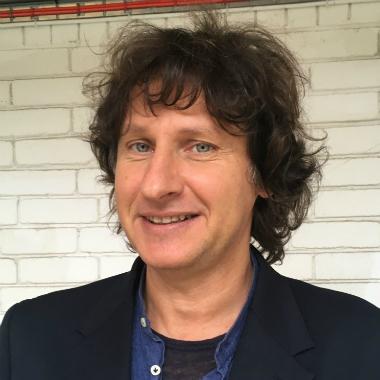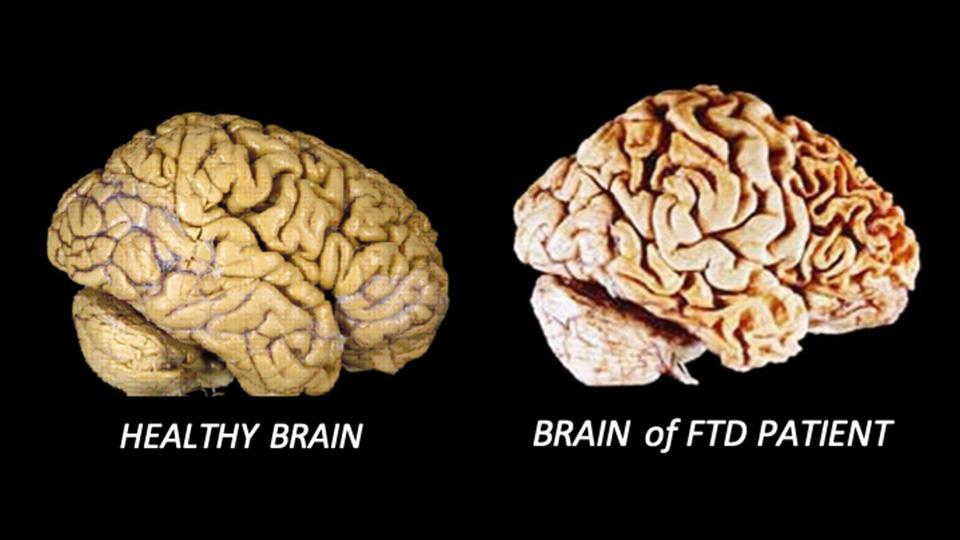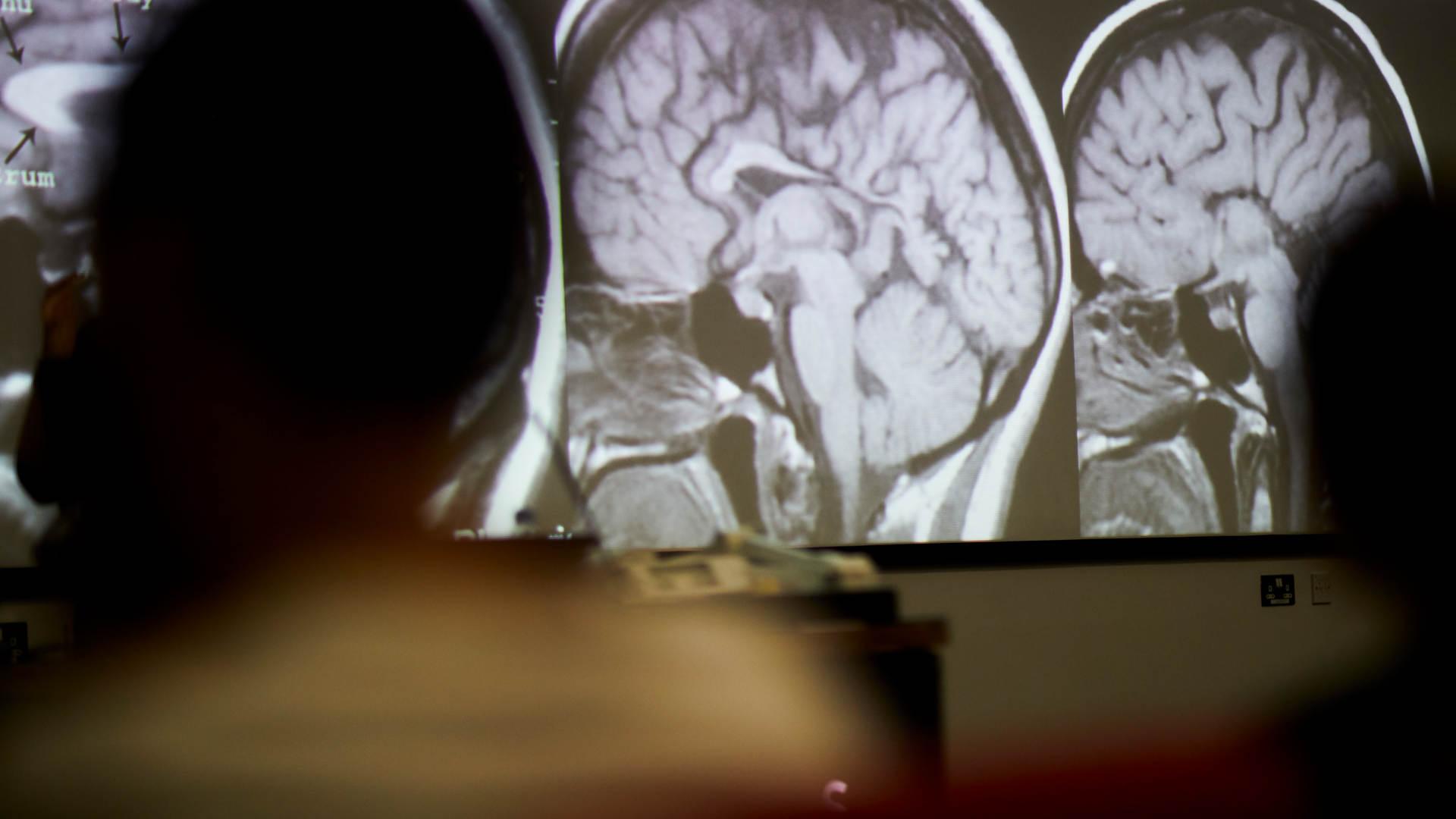Dr Max Garagnani
Staff details
Links
Max works on building neurobiologically realistic, deep, neural-network models of cognition (in particular, language).
Max is a Senior Lecturer in Computer Science and co-director of the MSc in Computational Cognitive Neuroscience programme at Goldsmiths. He holds a PhD in Computational Cognitive Neuroscience from Cambridge (2009), and a PhD in Artificial Intelligence from Durham (1999).
Max's research focuses on first-principles modelling of the emergence of cognition in the brain. Specifically, he uses biologically realistic, deep, spiking neural-network models closely mimicking structural connectivity and physiology of the human cortex to study the spontaneous emergence of cognitive function (including language and endogenous decisions to act) from an initially random, uniform neural substrate.
His previous posts include Postdoctoral Researcher at the University of Plymouth, Investigator Scientist at MRC Cognition and Brain Sciences Unit (Cambridge), Visiting Scholar at the International Computer Science Institute (Berkeley, CA) and Research Fellow at the Open University (Milton Keynes).
Academic qualifications
- PhD in Computational Cognitive Neuroscience 2009
- PhD in Artificial Intelligence 1999
- PG Certificate in Teaching and Learning in Higher Education 2023
- Laurea (BSc + MSc) in Computer Science 1994
Teaching and supervision
I supervise projects in my areas of interest (see "Research Interests" below).
I teach on the following programmes:
Research interests
I investigate the neural mechanisms underlying language acquisition, decision making and action planning using brain-constrained computational models. In parallel to modelling work, I collaborate with experimentalists to apply behavioural, neuroimaging, and intracortical recording methods as a tool to test and validate the predictions emerging from the models.
While my work has been focussing mainly on the brain mechanisms underlying language acquisition, the neurocomputational models I developed have been used successfully in other domains, too (for example, to explain automatic change detection and attention processes, the emergence of spontaneous decisions to act, or "free will", the formation and cortical distribution of memory cells in the neocortex, and the recruitment of the visual cortex in blind individuals -- see list of publications below).
I have been working closely and for many years with the Brain Language Lab at the Freie Universität Berlin (Germany), directed by Prof. Friedemann Pulvermüller, and was co-PI and staff member of the jointly EPSRC/BBSRC-funded interdisciplinary project BABEL, which investigated the neural mechanisms underlying embodied word learning by joint use of neuroimaging, brain-inspired modelling, neuromorphic engineering and real-time implementation on the humanoid robot iCub.
Featured publications
2023:
Influence of language on perception and concept formation in a brain-constrained deep neural network model.
Philosophical Transactions of the Royal Society B, 378: 20210373.
2023:
Breakdown of category-specific word representations in a brain-constrained neurocomputational model of semantic dementia.
Scientific Reports 13:19572.
2017:
Neurocomputational Consequences of Evolutionary Connectivity Changes in Perisylvian Language Cortex
The Journal of Neuroscience, 37(11), pp. 3045-3055
2016:
Conceptual grounding of language in action and perception: a neurocomputational model of the emergence of category specificity and semantic hubs.
European Journal of Neuroscience, 43(6), pp. 721-737.
2014:
Thinking in circuits: toward neurobiological explanation in cognitive neuroscience.
Biological Cybernetics, 108(5), pp. 573-593.



